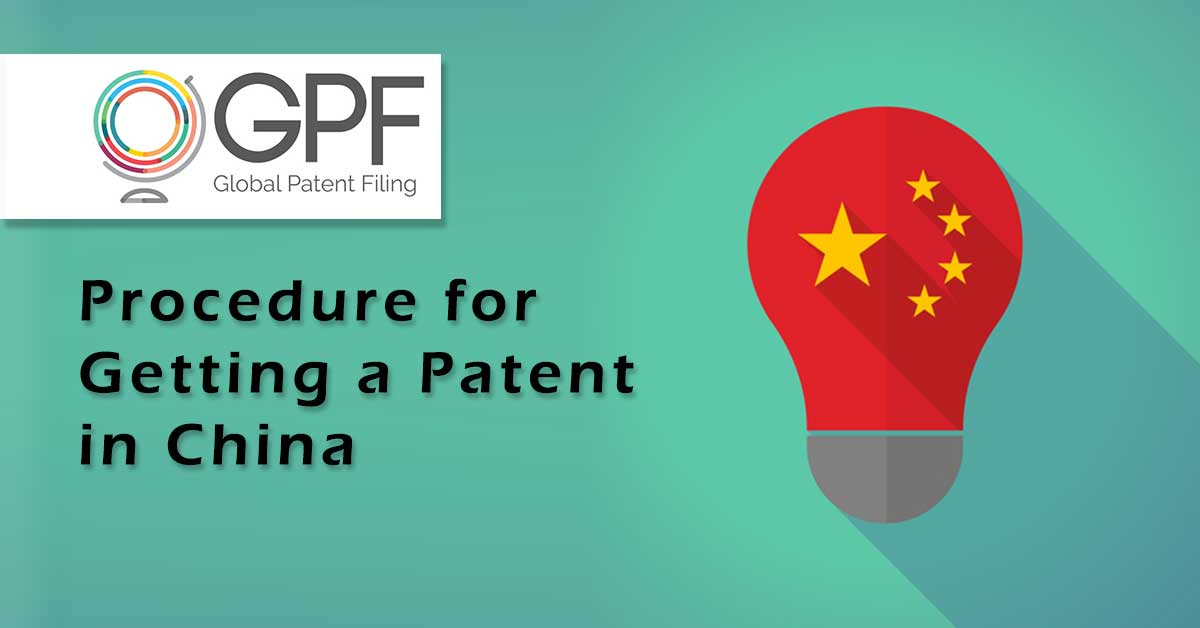With China emerging as a global tech giant in the world, it has become a favourite destination for the inventor to seek protection for their invention. At the latest EPO Index 2020, all countries show a small dip in the patent filing activity, China taking up the 4th spot has shown an increase in the filing for the said year in 2020 amid pandemic. The patent does protect the inventor to garner more protection and take up more commercial benefit out of the same. It also protects the inventor from any such infringement stating the effective claims over which it can have infringement.
Read Also – Filing a Patent Application in the United States

Kinds of Patent in China
Primarily there are three kinds of patents in China almost similar to that of the US i.e. inventions, utility models, and designs. “Invention” means any new technical solution relating to a product, a process, or improvement thereof. The validity of an invention patent is 20 years, calculated from the filing date. “Utility model” means any new technical solution relating to the shape, the structure, or their combination, of a product, which is fit for practical use. “Design” means any new design of the shape, the pattern or their combination, or the combination of the colours with shape or pattern, of a product, which creates an aesthetic feeling and is fit for industrial application. Both utility and design patents have duration of 10 years from the date of filing.
Requirements for patent registration
The requirement for patent registration is almost the same across the world. For example, in India, for an invention to be granted patent it is important to have an inventive step along with the industrial applicability and novelty. In China, for the Invention Patent and Utility Model Patent to be granted a patent right, it has similar requirements as in India. The invention or utility model must possess novelty, inventiveness, and practical applicability.
For Novelty, it must be ensured that there was no invention in the public domain which substantiates the same claims as that of this invention. Meaning thereby, the invention is original and not just a mere copy of some older invention. Before the date of filing, the same invention or utility model has not been publicly used or made known to the public in China or abroad. For inventiveness, the invention must showcase some of a more prominent substantive nature that must show some notable progress. Similarly, the utility model must also show that it has substantive features and represents progress.
All such factors also apply to the design patent which says that it must possess novelty, i.e. it must not be identical with nor did similar to any design which, before the date of filing, has been publicly disclose inside or outside China
Registration
For a foreign applicant, the process for applying almost remains the same as that of other countries. The foreign applicant can file a national application directly in China in the China National Intellectual Property Administration (CNIPA) headquartered in Beijing, China. This process is for the national application. Another channel for getting in China is the famous PCT route where the applicant can also designate China while they file the PCT application in China for their invention and utility models.
For the invention patent, the inventor while submitting the application must make sure that his application contains all necessary documents needed in the patent office. The documents must contain specifications and their abstract, claims, and drawings (if any). An application for an invention patent shall go through five phases, i.e., acceptance, preliminary examination, publication, substantive examination, and grants. An application will normally take 2-3 years to be granted.
Similarly, for the Utility and the Design patents, these patents are generally subject to the preliminary examination, which is only related to the documental formalities and obvious violation of the law. This means that as compared to the invention, the design and utility models take lesser time for being granted. If there is any such dispute which arises, only then a substantive examination will be carried out. Therefore taking less time, the examination period for the utility model takes 8-10 months and about 6 months for designs.
If the applicant is not satisfied by the decision of CNIPA regarding the patentability of the application, the applicant has the option to request for a re-examination can be filed to the Patent Re-examination Board (PRB) within three months from the date of receipt of notification. Even to the extent, if the applicant is not even satisfied by the PRB decision, it can appeal to the competent court.
The team of professional at GPF have experience in filing the application in China. For filing the application at the CNIPA, it is important to have a competent patent attorney for assisting in filing the patent. Why it becomes very important to have an experienced attorney is because of the complexity of the filing procedure and the drafting of the same. The team at GPF communicates with the client on the regular basis thereby giving all forms of effective services to the client. The team has led multiple filings in China and most of the filings have been granted patent.
Author: Saransh Chaturvedi (an advocate) currently pursuing LLM from Rajiv Gandhi School of Intellectual Property Law (IIT Kharagpur). In case of any queries please contact/write back Global Patent Filing us at support@globalpatentfiling.com.

